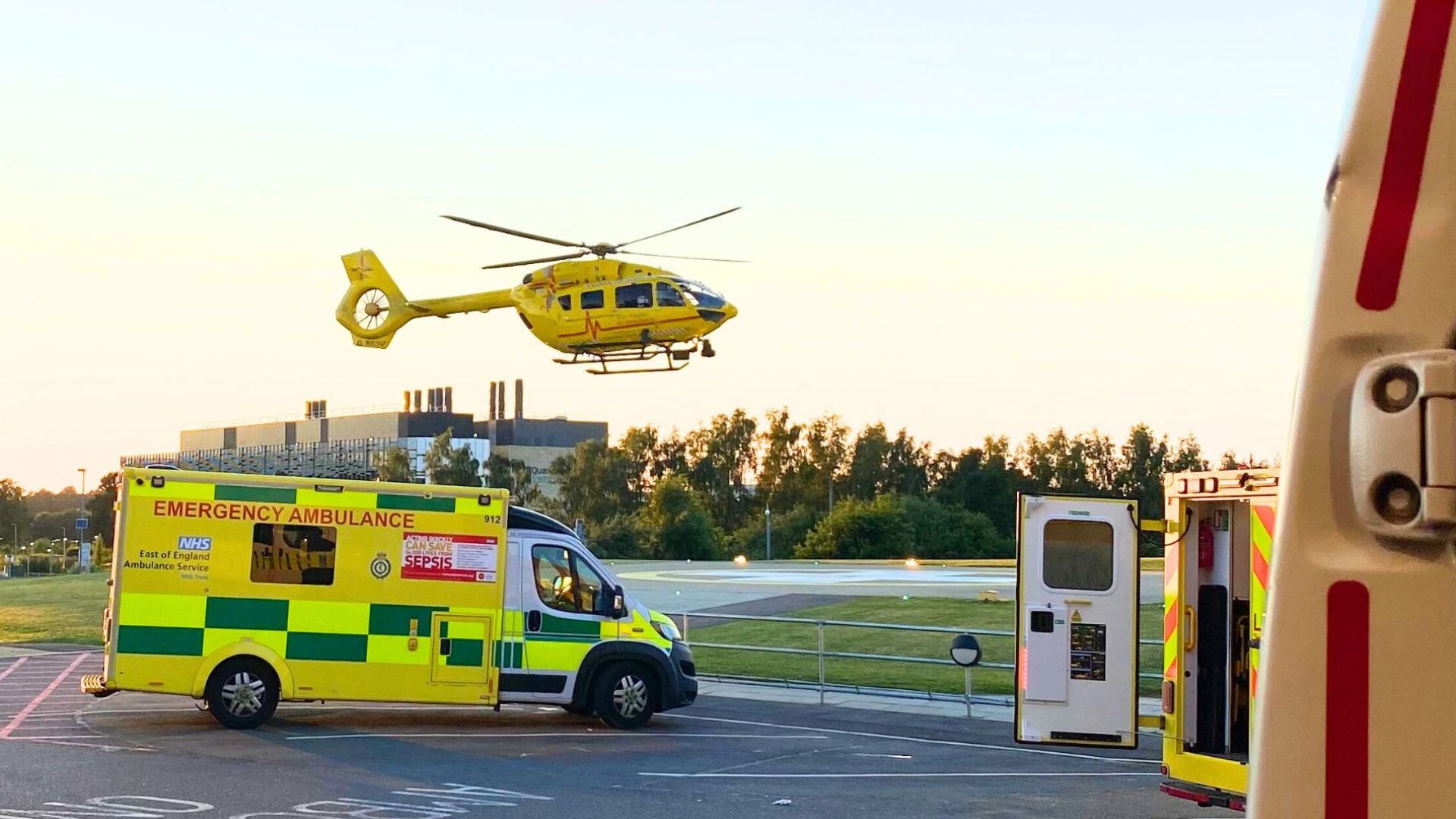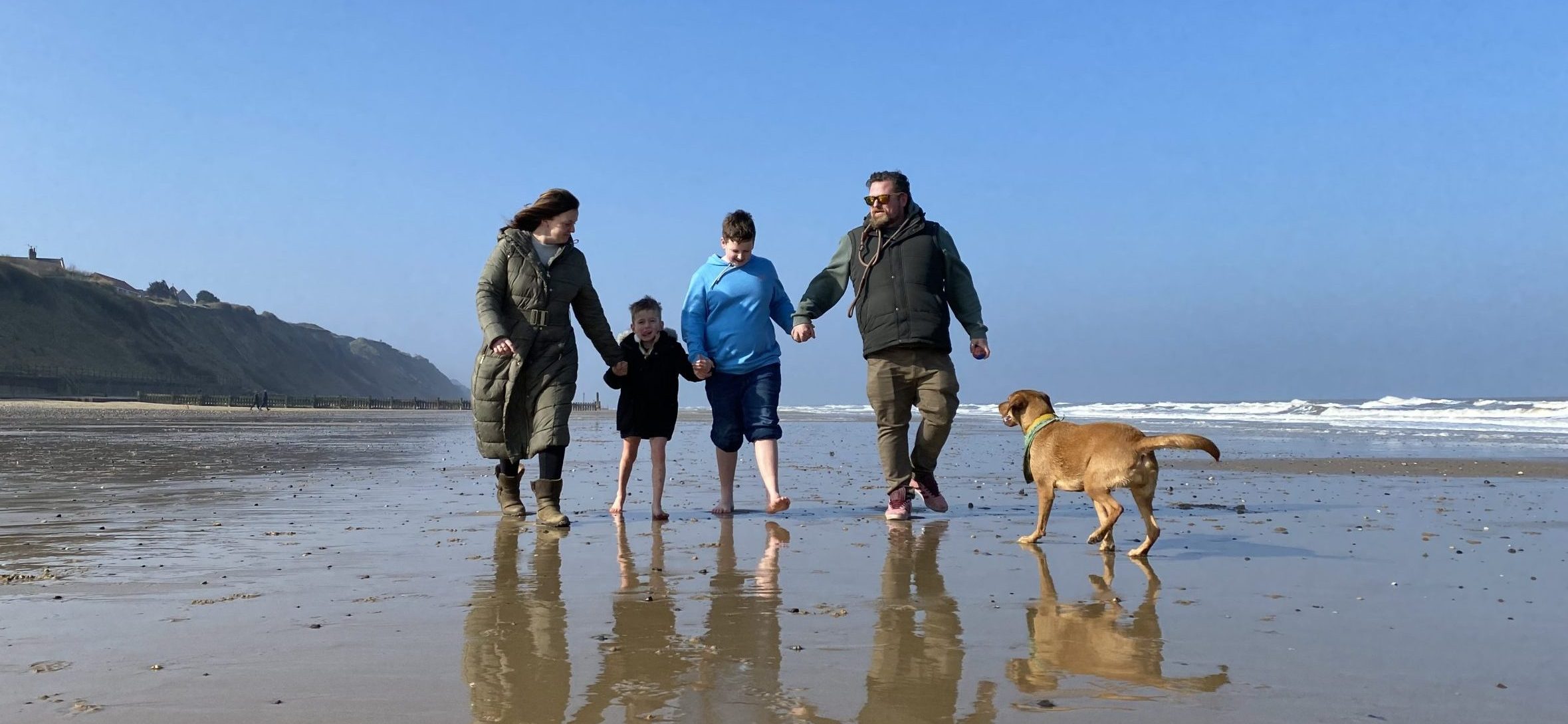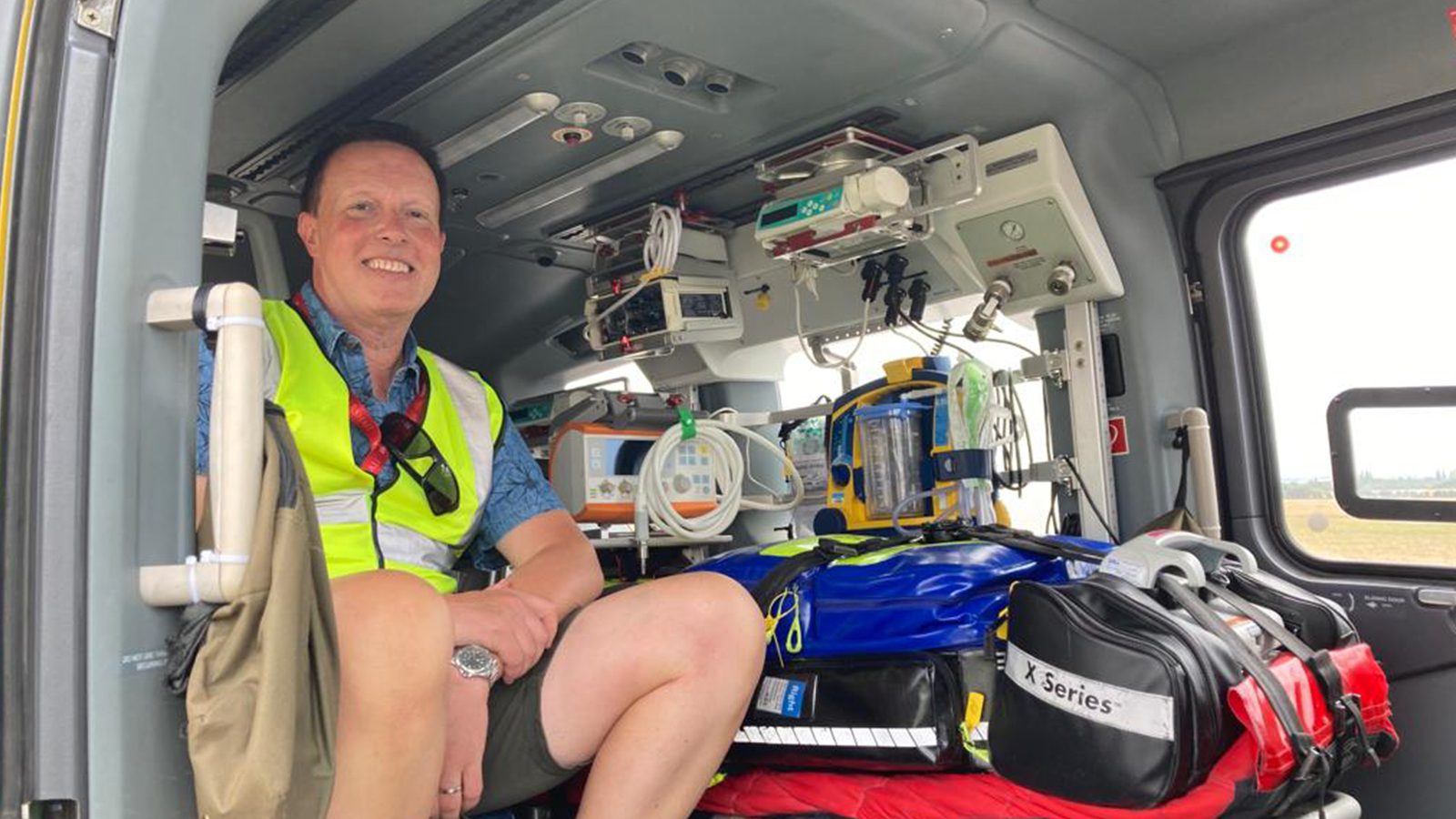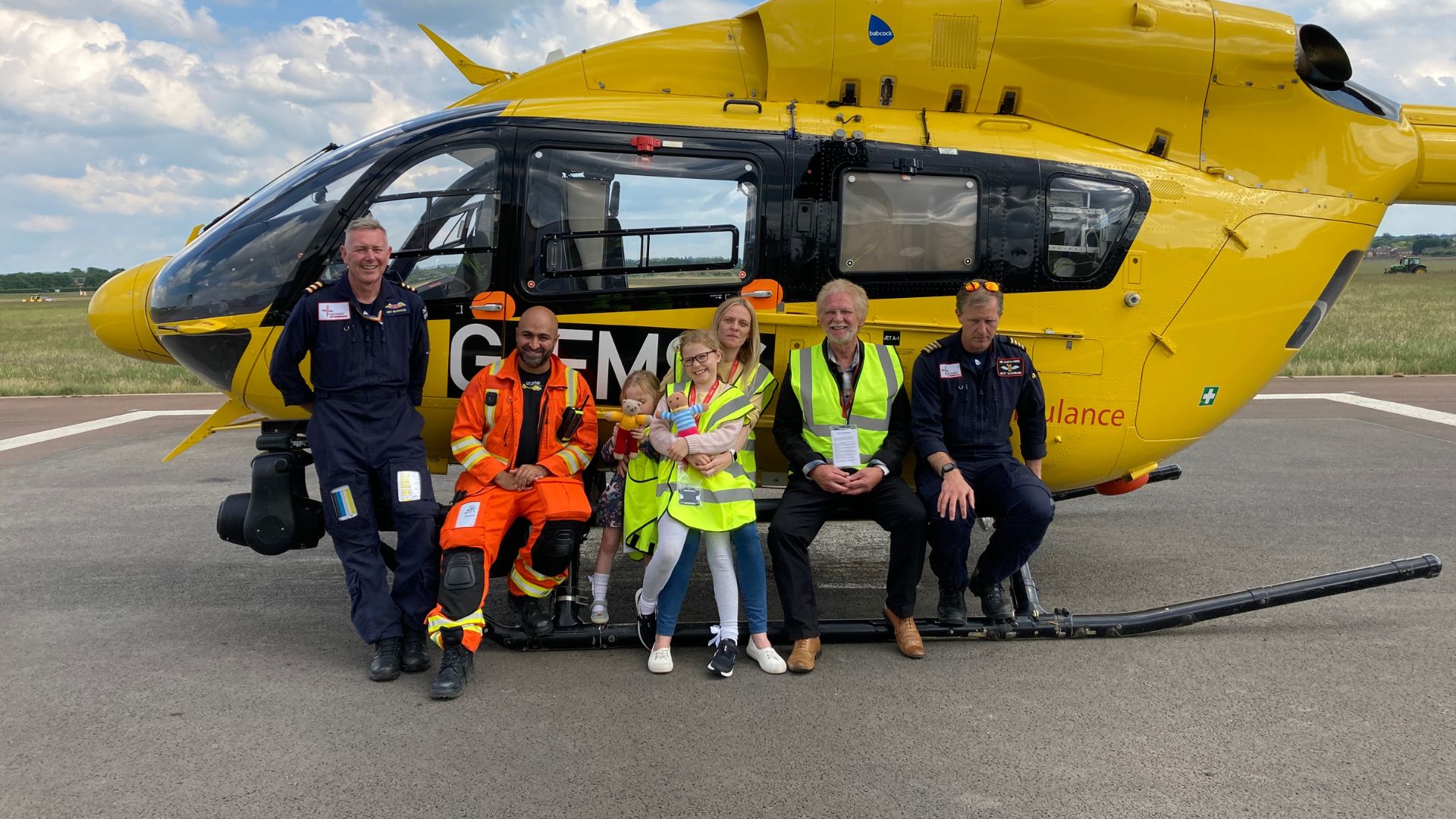What happens at scene?
From the moment the EAAA crew are tasked, they are looking to ensure that patient safety, treatment and transportation to hospital is delivered in a timely manner. Clinical and aviation planning in advance ensures pilots and clinicians are absolutely focused on their roles when EAAA is tasked to a life-threatening emergency.
The EAAA crew operate an Inter-Changeable Operator Model, which means the doctor and the critical care paramedic (CCP) should be able to undertake each other’s role. While they are capable of interchangeable roles, each have specific skillsets and expertise, which are used to give patients the best possible care.
The care of a pre-hospital patient can be broken down into a number of phases. Below is an example of how a clinician might approach a scene of an incident:
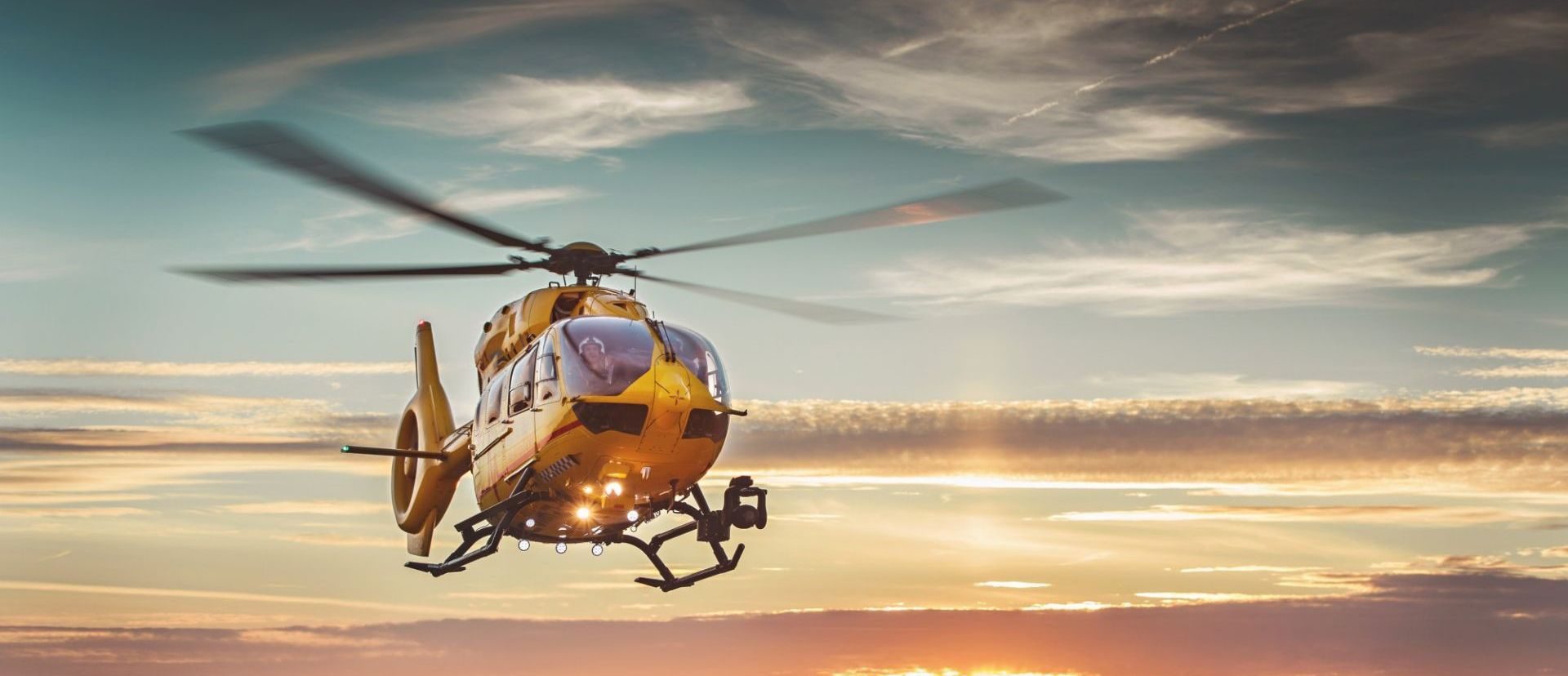
Transport
The Critical Care Desk (CCD) will determine the need for critical care intervention. The CCP or dispatcher working on CCD will pass details of the location and nature of the emergency, along with a grid reference or postcode. The location, time to scene, landing options and weather conditions are all considered to determine whether the crew will attend by helicopter or critical care car.
While on the way to the patient, this time will also be used to plan treatment and care. For example, medication calculations, circumstances at scene, and gaining additional information as it comes in from the CCD.
Depending on potential helicopter landing sites, there may also need to be communications with the CCD about land transport for the clinicians from the landing site to the scene if this is a distance away.
Assessment, including safety elements
From the moment the crew arrive on scene, safety and communication is key to the HEMS mission:
A ‘doors clear’ message from the pilots indicates that is safe for the clinicians to open the doors and exit the aircraft. The clinicians will remain secure in the aircraft until they have received clear instructions it is safe to disembark.
They will then present the kit bags together, check they are all happy and await the final command (a thumbs up) from pilots that it is safe to leave the aircraft. The equipment carried to scene will depend on the nature of the emergency, but the crew will typically carry the immediate and critical care bags and monitoring equipment. They may also take oxygen, blood products and a ventilator, for example.
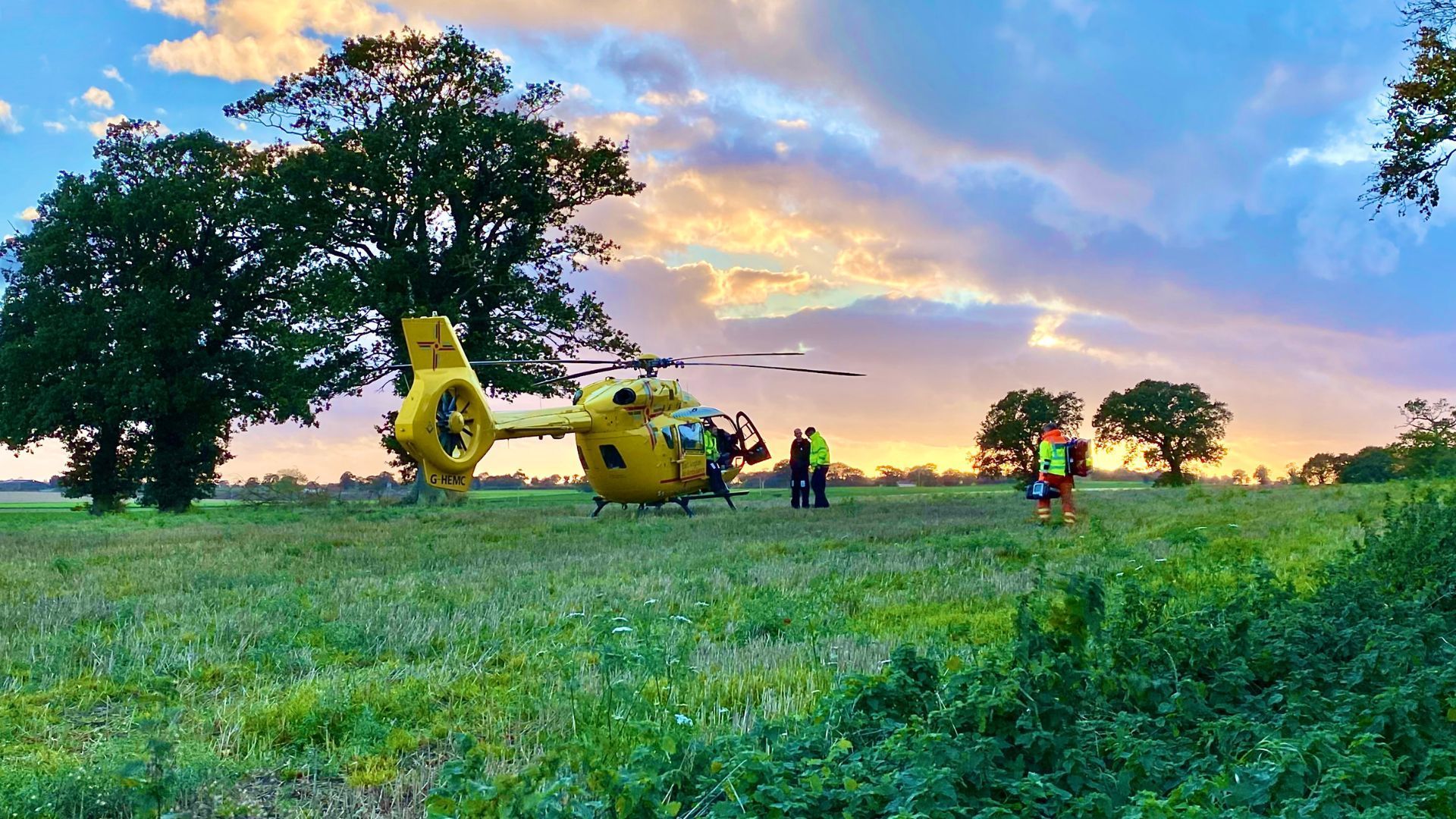
Decision making
It is common for the ambulance service to have arrived on scene before EAAA. The EAAA clinical team will initially stay together while they gain a clear handover from an ambulance service clinician on scene.
EAAA clinicians will conduct a full patient assessment on their arrival. During which, they will look for obvious and subtle signs to identify serious illness or injury.
The EAAA team will apply monitoring equipment to the patient, which includes:
- ECG leads to monitor heart rate and rhythm.
- A blood pressure measurement.
- Oxygen and carbon dioxide level monitoring.
Monitoring a patient’s vital signs helps support decision-making in terms of interventions, treatment, transfer options and destination hospital.
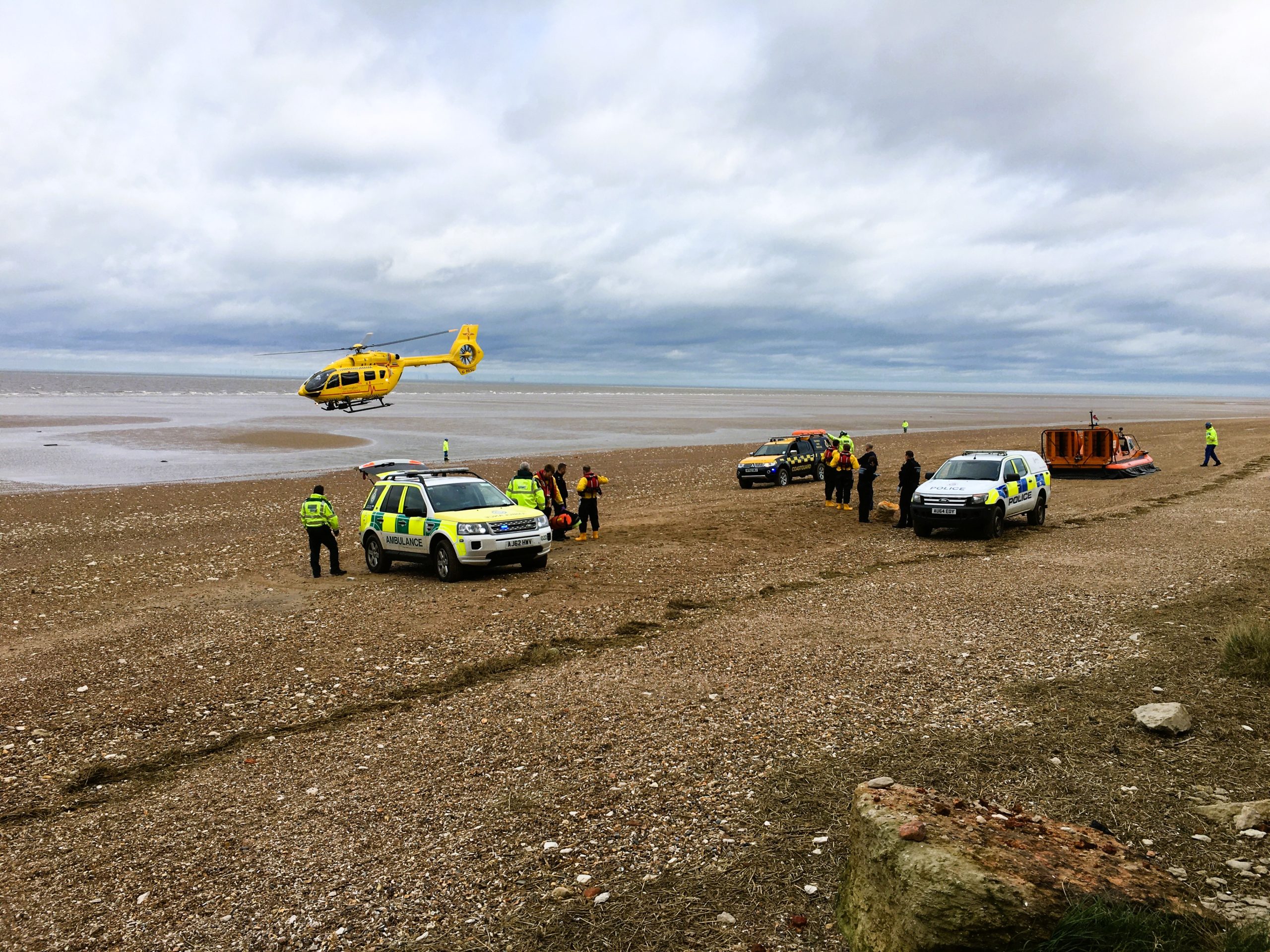
Treatment
Following assessment of a patient, the EAAA crew will determine the next steps in terms of enhanced treatment or interventions for the patient. This could include, for example:
- SPEAR procedure in the event of a cardiac arrest.
- Administering advanced medication, for example to control pain or reduce the risk of infection.
- Performing surgical procedures.
- Giving blood products.
These complex, advanced procedures that our crews bring to scene would normally be carried out in hospital.
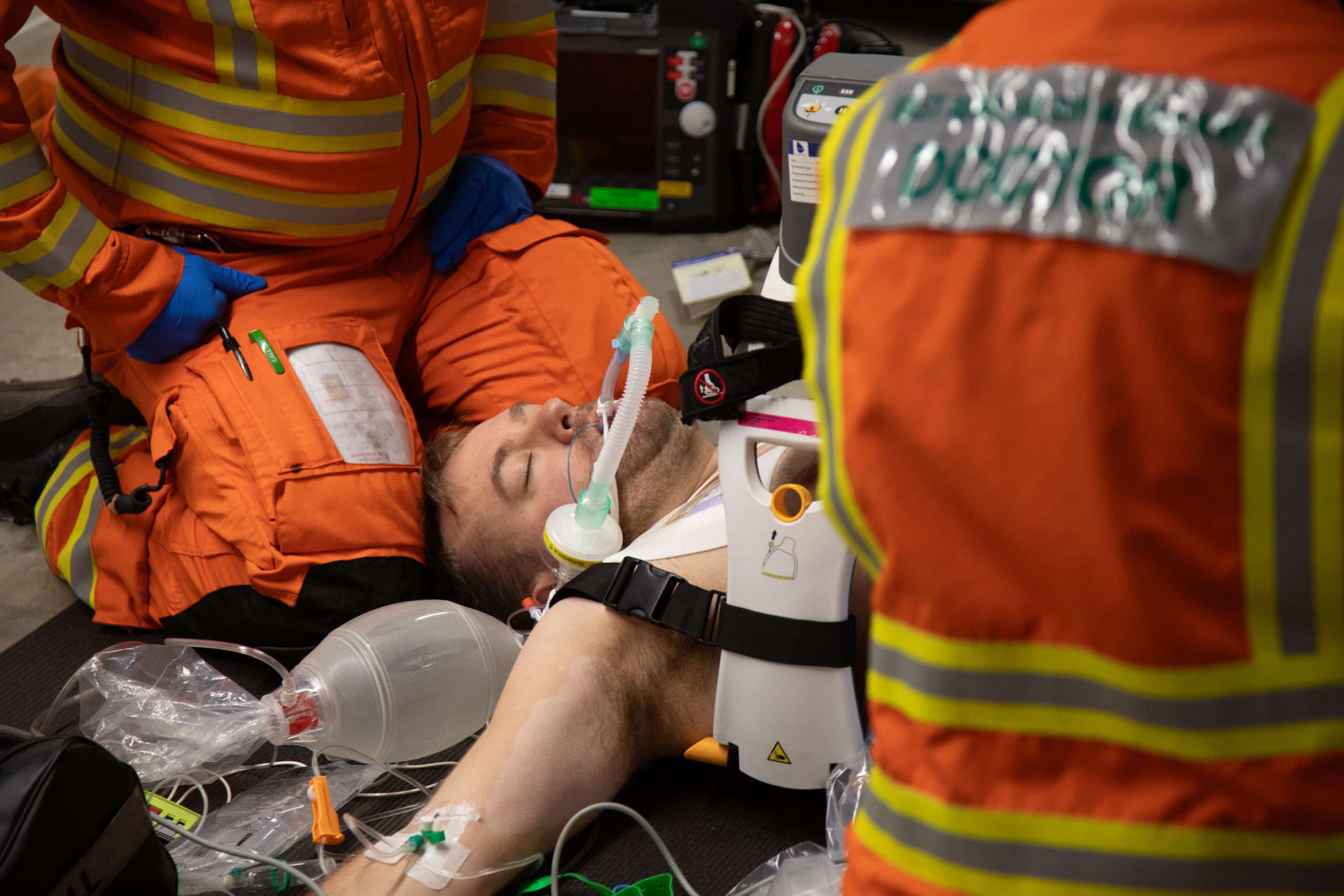
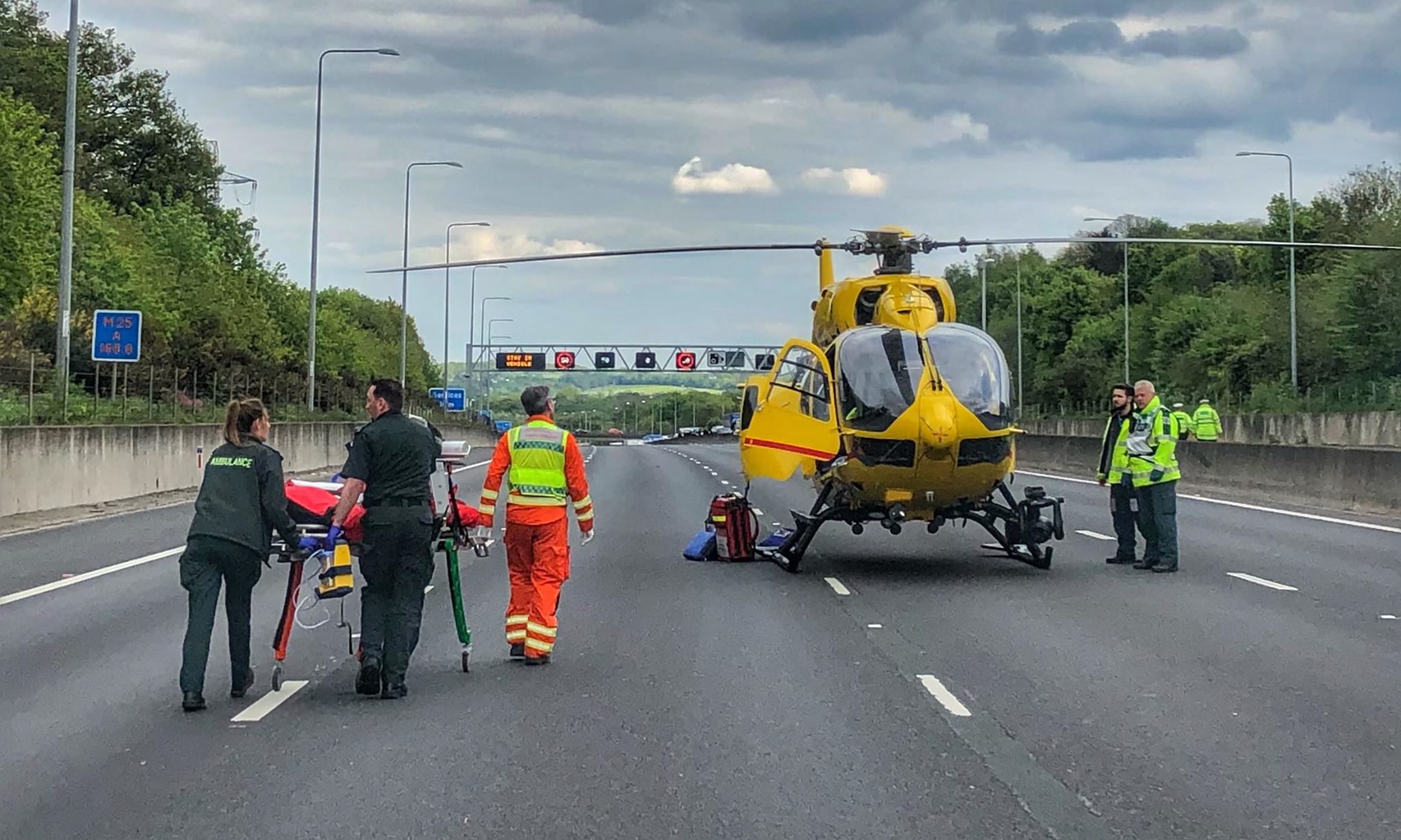
Transport to hospital
Following assessment and treatment, the EAAA crew will determine the most appropriate hospital destination for the patient. This will take into consideration:
- The patient’s condition.
- Location of incident.
- Transfer time.
- Whether it should be a land or air transfer. Clinicians will often also accompany patients to hospital when they are taken by land ambulance.
- Risks versus benefits.
We will notify the receiving hospital that we are on our way and provide them with the details they need relating to the patient and their condition. Upon arrival at hospital, we will provide a full handover to the medical team.
Hospitals
The hospitals in Bedfordshire, Cambridgeshire, Norfolk and Suffolk to which we most commonly transfer patients are:
- Cambridge University Hospitals, Addenbrooke’s Hospital (the region’s Major Trauma Centre) and Royal Papworth.
- Bedford Hospital.
- Luton and Dunstable Hospital.
- Peterborough City Hospital.
- The Queen Elizabeth Hospital, King’s Lynn.
- Norfolk and Norwich University Hospital.
- James Paget University Hospital, Gorleston.
- West Suffolk Hospital.
- Ipswich Hospital.
EAAA will also transfer patients to other hospitals on occasions, depending on the patient’s needs and location. The early activation of experienced critical care teams, timely and appropriate interventions and a rapid transfer to hospital help improve patient care and outcomes.
